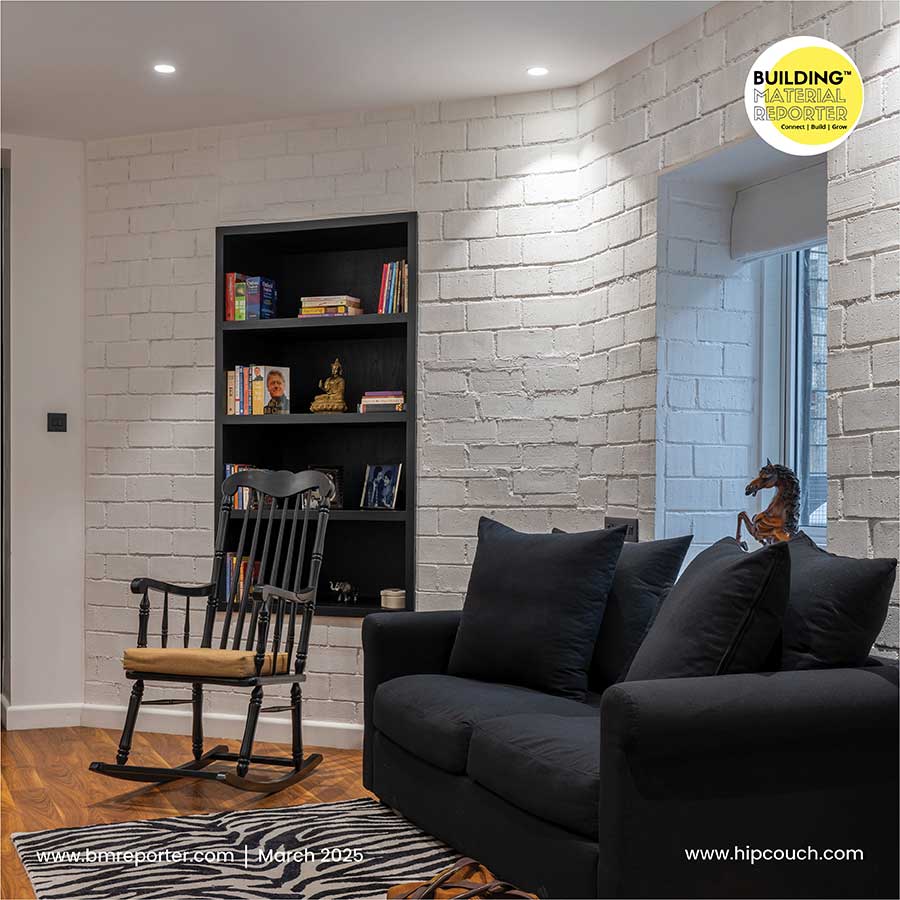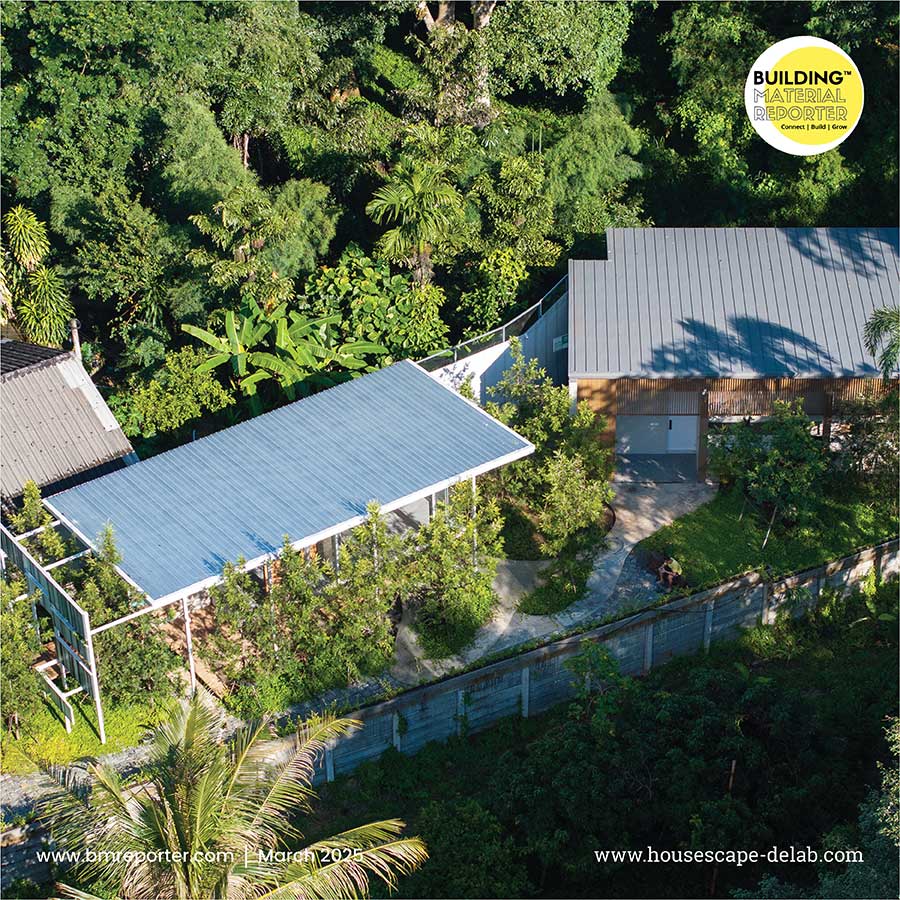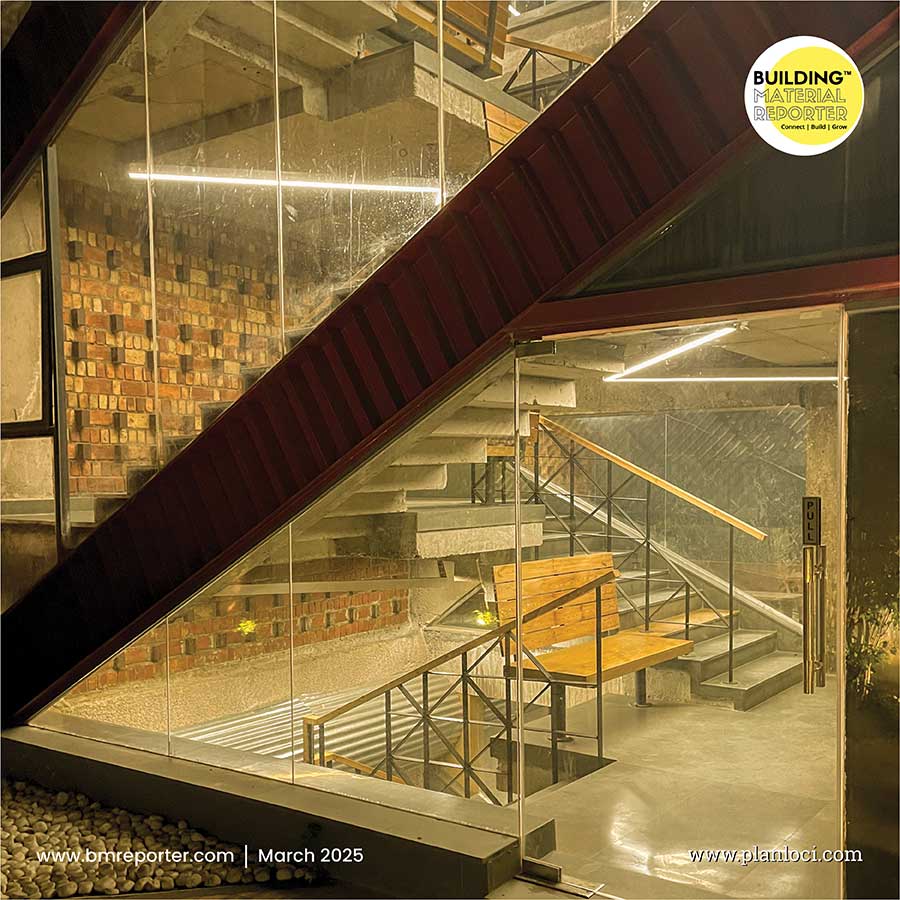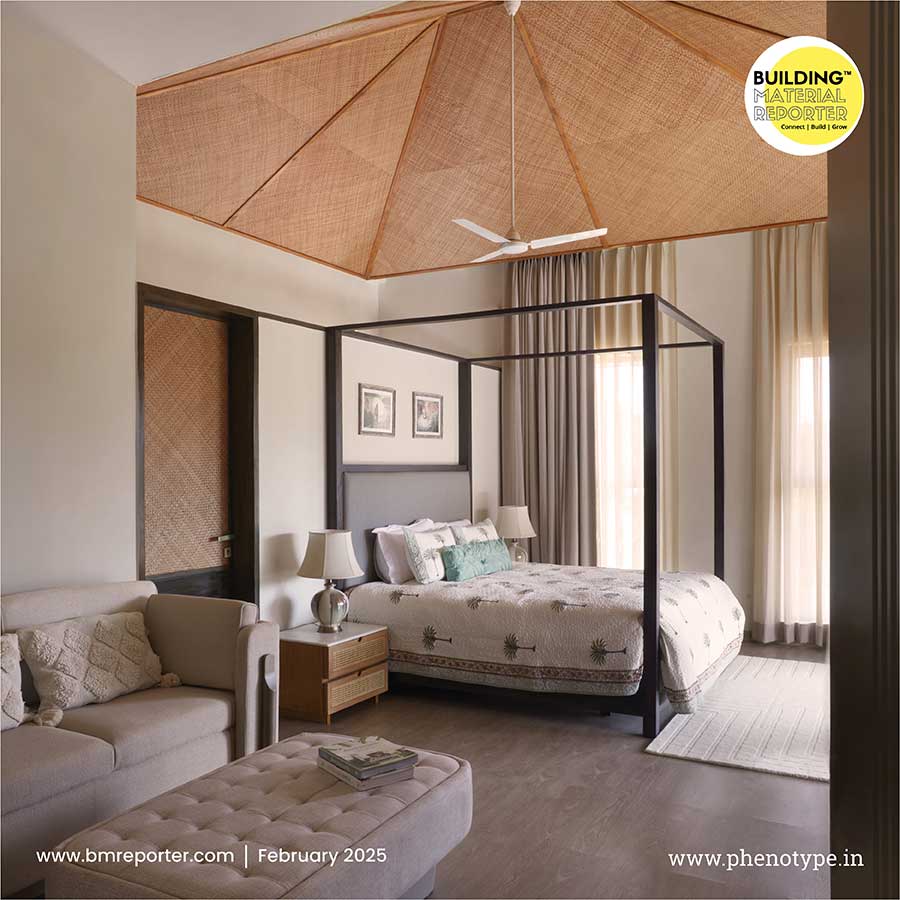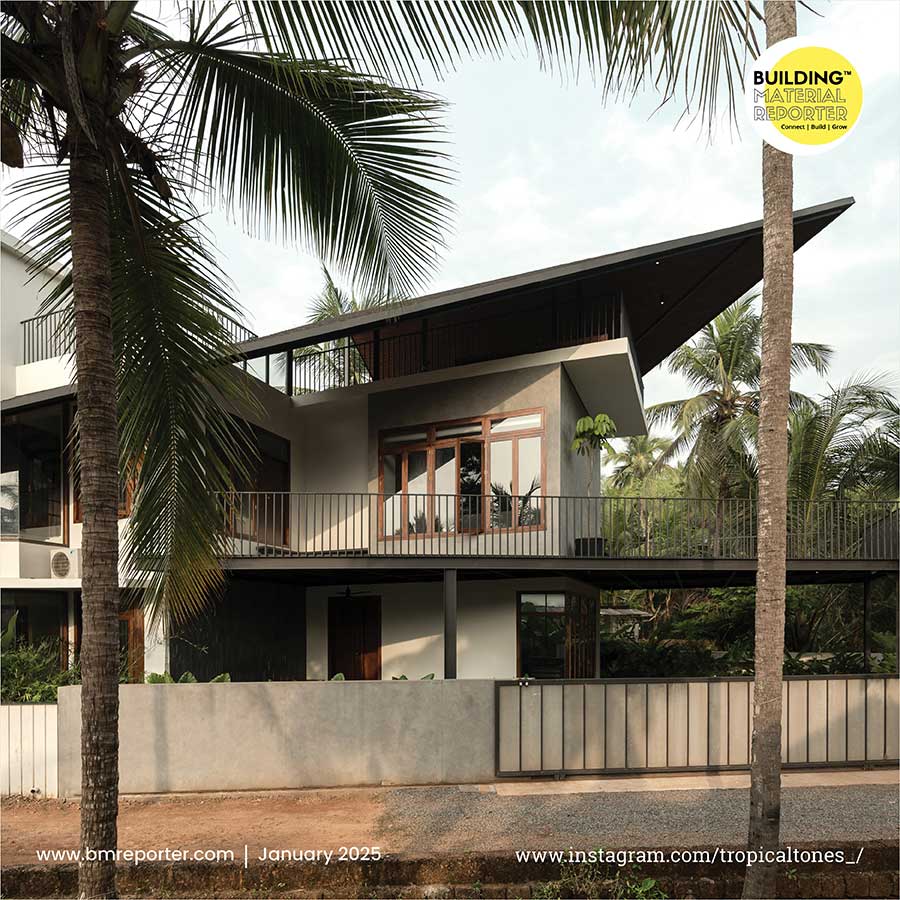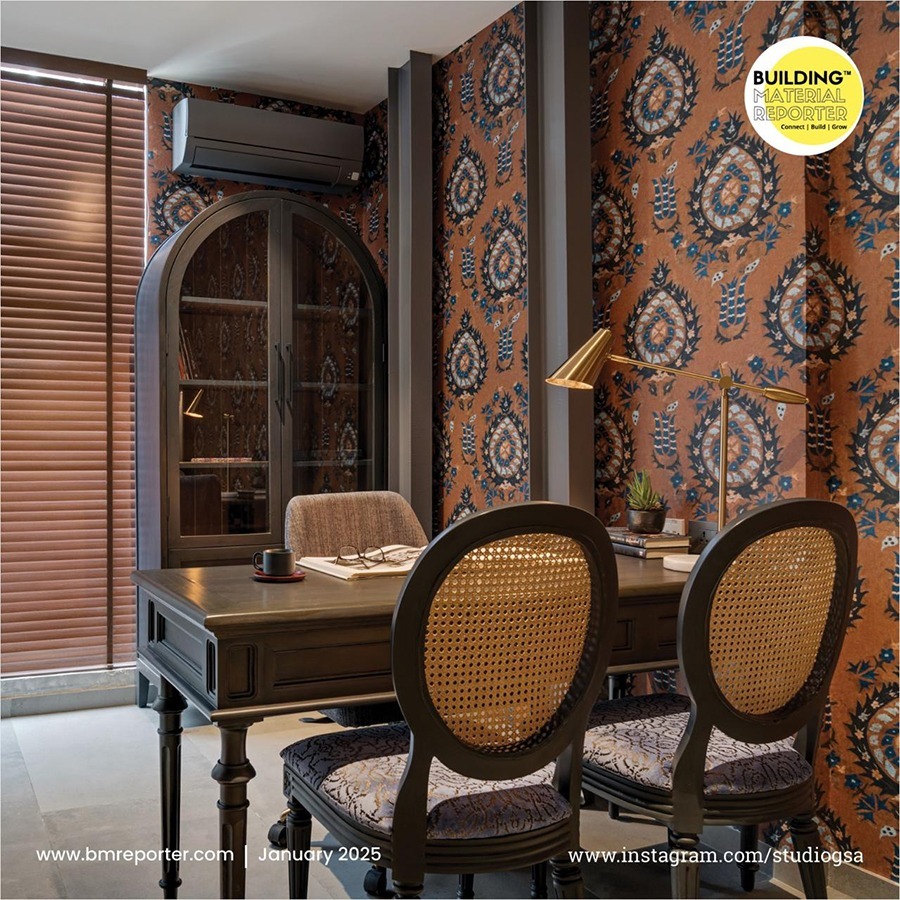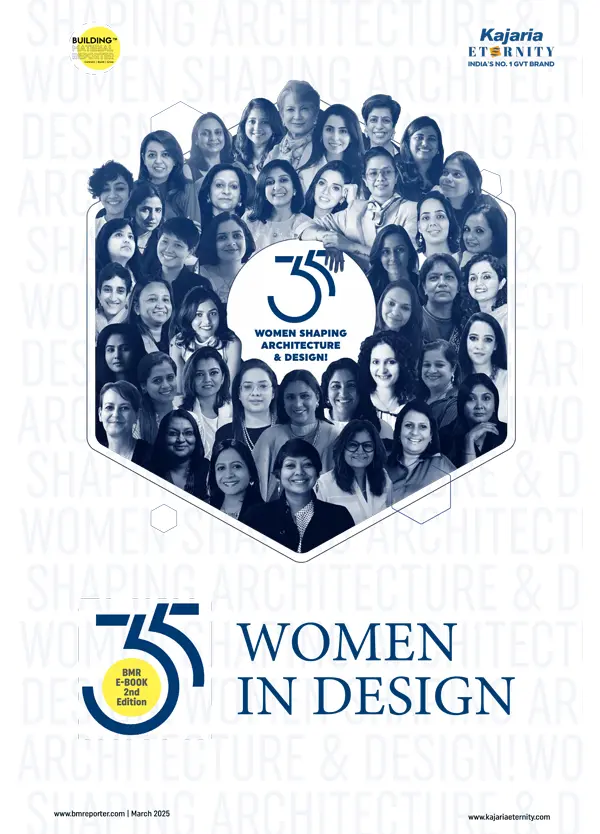Nature Meets Luxury in This Stunning Goa Villa Stay
- February 17, 2025
- By: Priyanshi Shah
- INFLUENCERS
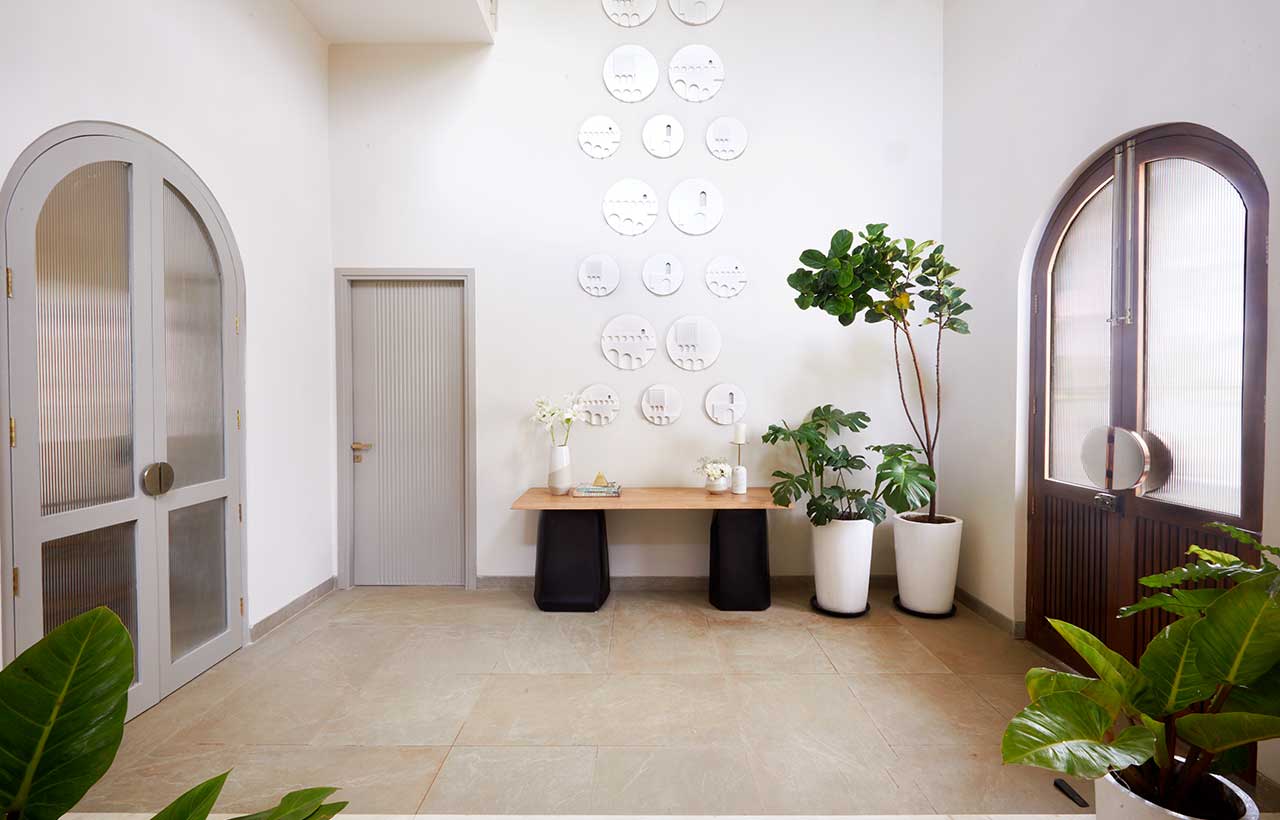 At Phenotype, each project comes with a unique framework and opportunities that demand their expression and materiality. For this twelve Villa complex in the neighbourhood of Siolim in Goa, they focused on keywords such as Serene, tranquil, rooted in nature, casual and comfortable. Drawing inspiration from the grounded architecture of Tulum in Mexico, they explored the playful Portuguese culture in Goa and amalgamated these styles to generate an expression that is both minimal and has glimmers of beach abodes in Goa.
At Phenotype, each project comes with a unique framework and opportunities that demand their expression and materiality. For this twelve Villa complex in the neighbourhood of Siolim in Goa, they focused on keywords such as Serene, tranquil, rooted in nature, casual and comfortable. Drawing inspiration from the grounded architecture of Tulum in Mexico, they explored the playful Portuguese culture in Goa and amalgamated these styles to generate an expression that is both minimal and has glimmers of beach abodes in Goa.
Casa Jardin: For Casa Jardin, Each villa comprises 4 large bedrooms with large outdoor verandahs and a deck with individual pools with an additional sit-in feature. The villas are created with a minimal take on arches and fluted facades which hero the curved forms and make the development soft.
Modern Interiors: The modern interiors are also an extension of this curved language, using terrazzo as accents within a muted palette, light oak furniture inspired by Scandinavia and handcrafted artwork and installations that define the spaces. They created a neutral and earthy palette and decided to use it in a contemporary way and intended for the materials to have a soothing effect on a person who’s left home to detach and relax. They imagine the end user kicking off their shoes and floating around bare feet around the villa inside and outside through the day, drifting through different states of rest and relaxation.
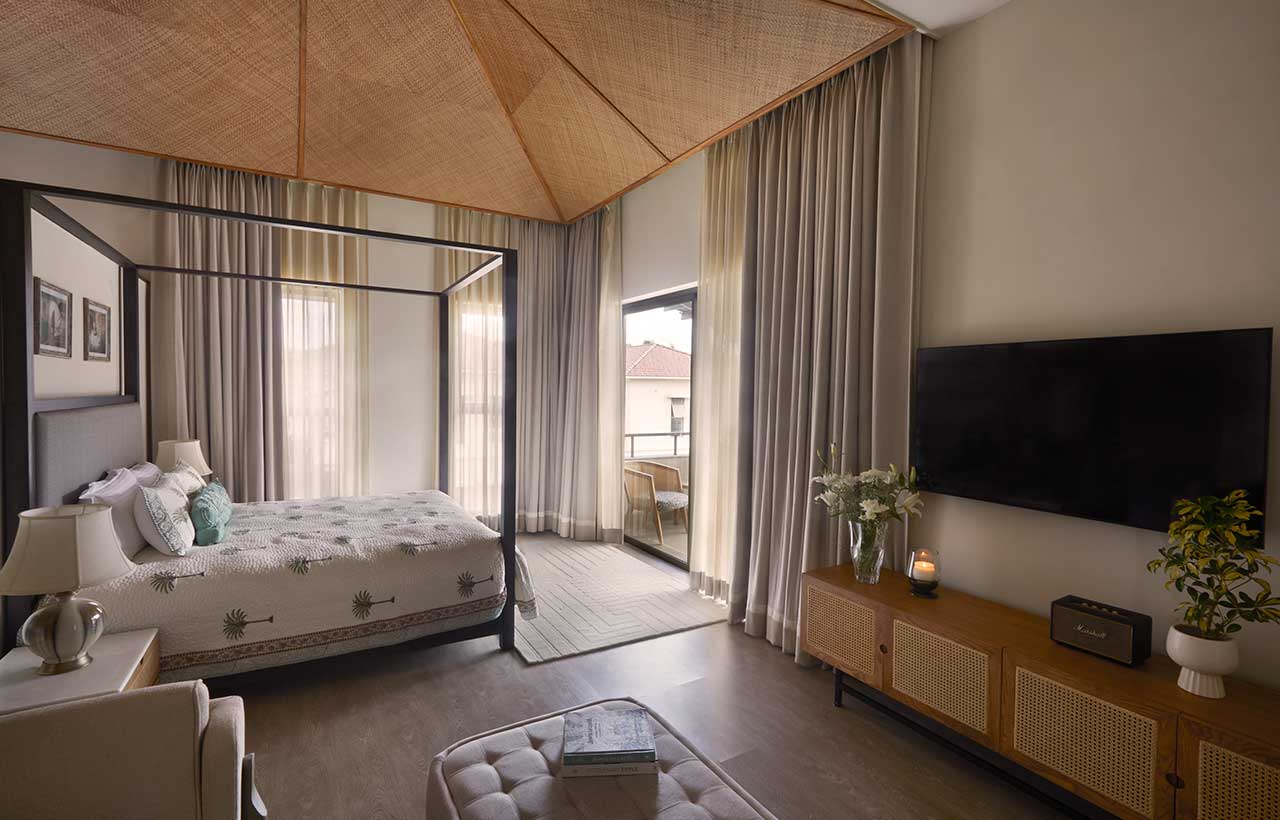 Material Expression: Light taupe soft edges with flutes form the facade with rubble wall accents capped with natural burnt terracotta tiled sloping roofs. Cobbled streets lined with lush greens form the urban tonality of the development making it very refreshing and maintenance-proof. With Indian materials that were easy to source and install the interiors have earthy textured tiles with inlays of earthy terracotta with white marble which flaunt the curved DNA of the project right from architecture to interiors. Even the aluminium doors and windows are champagne to be an extension of the taupe and white palette and seamlessly bring the outdoors inside.
Material Expression: Light taupe soft edges with flutes form the facade with rubble wall accents capped with natural burnt terracotta tiled sloping roofs. Cobbled streets lined with lush greens form the urban tonality of the development making it very refreshing and maintenance-proof. With Indian materials that were easy to source and install the interiors have earthy textured tiles with inlays of earthy terracotta with white marble which flaunt the curved DNA of the project right from architecture to interiors. Even the aluminium doors and windows are champagne to be an extension of the taupe and white palette and seamlessly bring the outdoors inside.
Decor and Furniture: The furniture follows the same language of light tones, oak wood, black accents for contrast and light cheerful hues in aqua and sage. The high ceilings allow the pieces to breathe and for a sense of spaciousness throughout. In the master bedroom, they introduced a resort-style Balinese ceiling using chatayi weaves and again focused on craft in a contemporary way.
Each of the four bedrooms is ensuite and has a walk-in closet. The living spaces have 14’ ceilings that open up onto a large outdoor verandah and a full-size private swimming pool. The entire development has an aesthetic which is rooted in nature, yet luxurious in its attention to detail and spacious volumes with no compromise on quality and size. Check out the selection process for the materials sourced and how designers integrated them into the design.
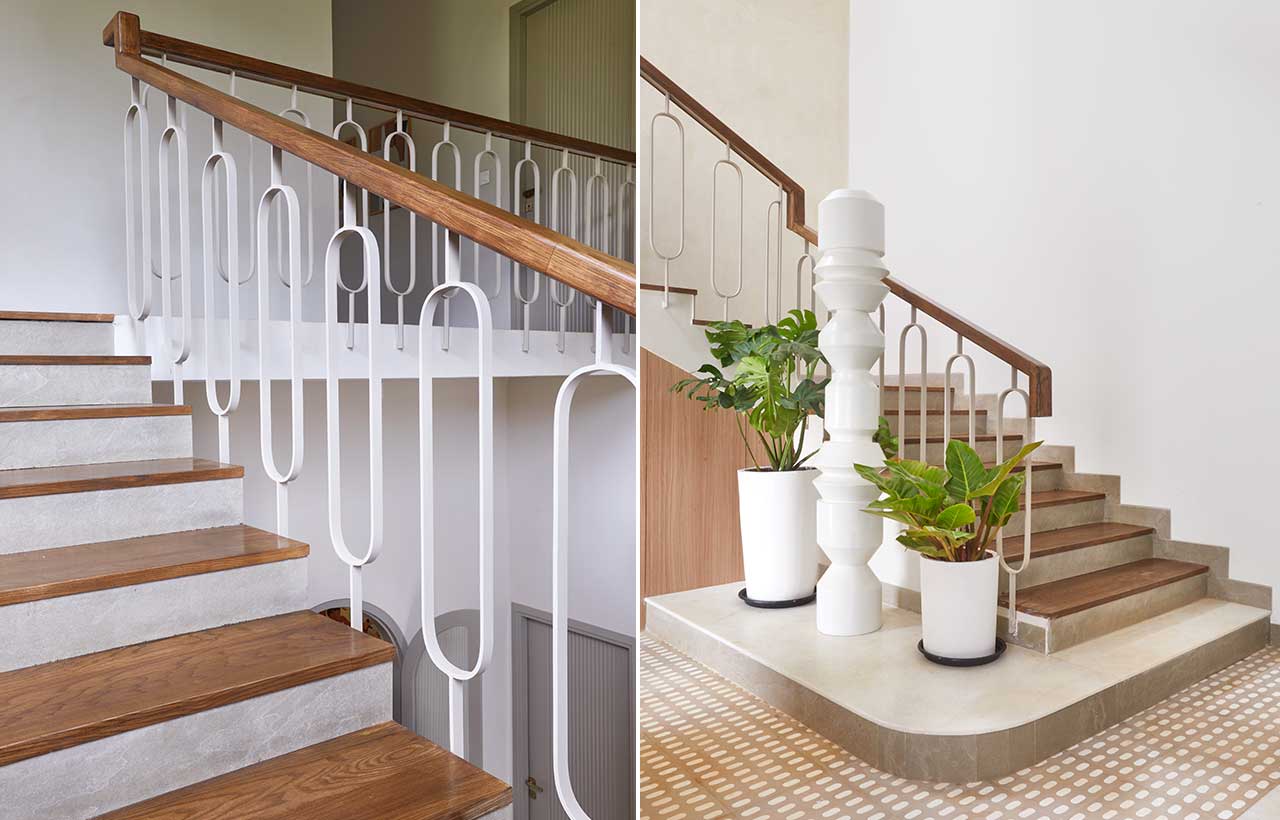
Material Selection
Requirements Analysis: Designers identify functional, aesthetic, and sustainability goals for the project. These may include factors like strength, durability, recyclability, or cost.
Material Research: Materials are sourced based on their properties and compatibility with the intended use.
- Sourcing locally for reduced carbon footprint.
- Choosing renewable, recycled, or biodegradable materials if sustainability is a priority.
- Selecting materials with specific mechanical or thermal properties for structural needs.
Prototyping and Testing: Materials are tested for their behaviour under stress, environmental exposure, or interaction with other components.
Integration into Design
- Design Adaptation: Once materials are chosen, the design is modified to ensure seamless incorporation. Adjusting structural components to accommodate the properties of new materials.Ensuring compatibility between materials, such as adhesives for mixed-material joints.
- Aesthetic Enhancement: Materials might influence colour, texture, and form to match the envisioned design.
- Production Techniques: Selection impacts manufacturing methods, such as whether a the material requires molding, cutting, or 3D printing.
Sustainability and Lifecycle Considerations
Materials are assessed for environmental impact, including ease of disassembly and potential for recycling or repurposing. Incorporate features that allow the product to evolve or degrade gracefully over time.
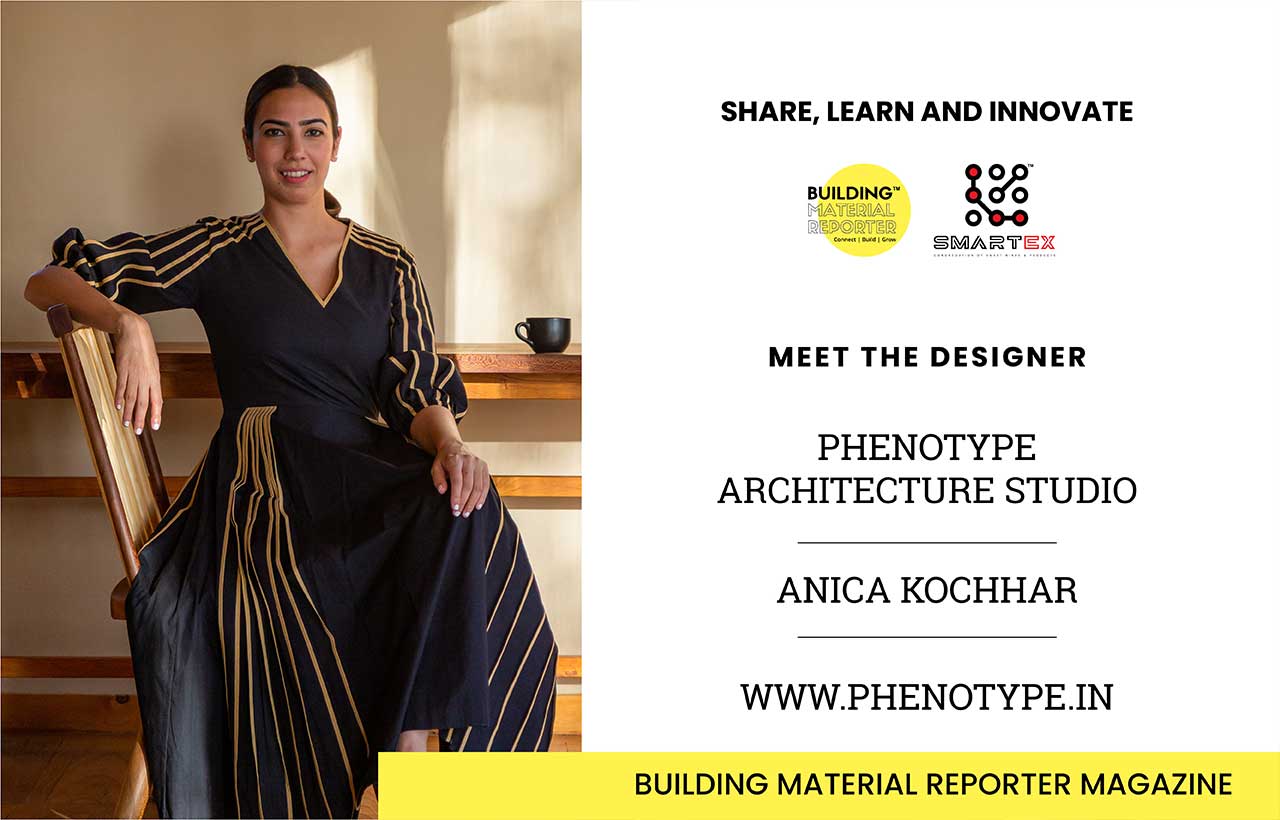 Stay updated on the latest news and insights in home decor, design, architecture, and construction materials with Building Material Reporter.
Stay updated on the latest news and insights in home decor, design, architecture, and construction materials with Building Material Reporter.


